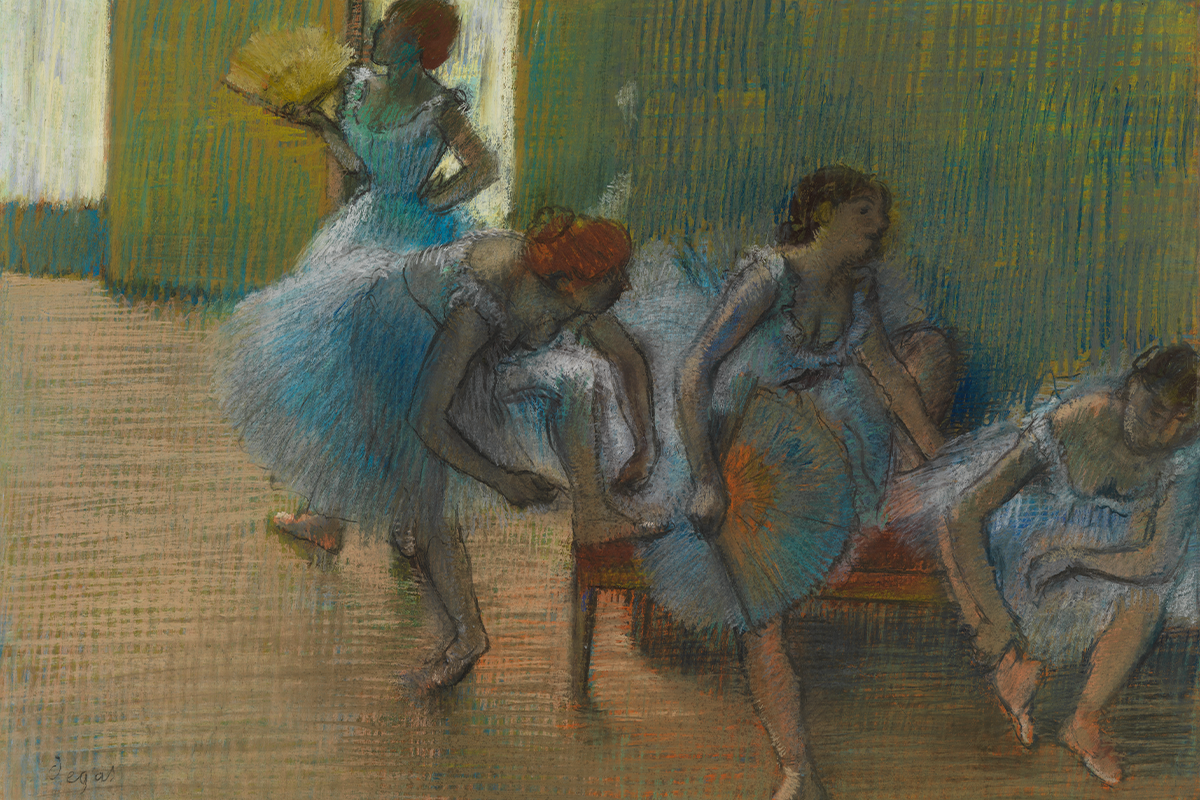The Royal Academy of Arts is hosting a compelling exhibition that delves into the groundbreaking era of late 19th-century France—Impressionists on Paper: Degas to Toulouse-Lautrec. This innovative showcase explores how venerated artists of the time, including Mary Cassatt, Paul Cézanne, Edgar Degas, and Vincent van Gogh, redefined the perception of works on paper.
At the exhibition’s core lies the radical transformation of drawings, pastels, watercolours, tempera, and gouaches into autonomous works of art, challenging the traditional view of these mediums as mere preparatory tools. Around 80 works on paper, each a testament to this pivotal shift, bringing together a dazzling collection that spans the Impressionist and Post-Impressionist movements.
The avant-garde Impressionists, emerging in the late 1860s and early 1870s, aimed to capture scenes from daily life with a fresh perspective. Their vibrant use of colour, loose brushstrokes, and unconventional viewpoints set the stage for a departure from traditional drawing norms. The exhibition explores this transformative period, highlighting the Impressionists’ ability to convey the fleeting effects of nature and contemporary vignettes through various paper-based techniques.
The chronological journey through the exhibition begins with works from the early years of Impressionism, showcasing pieces like Degas’ enigmatic “Woman at a Window” (1870-71) and Gonzalès’ delicate pastel “The Bride” (1879). As the narrative unfolds, visitors are immersed in the 1880s, the decade of the Impressionists’ final group exhibition in Paris, featuring van Gogh’s dynamic “The Fortifications of Paris with Houses” (1887) and Monet’s luminous pastel landscape “Cliffs at Etretat: The Needle Rock and Porte d’Aval” (c.1885).
The exhibition culminates in the 1890s and 1900s, showcasing an era marked by a growing appreciation for works on paper and a proliferation of diverse mediums. This period witnessed a golden age of pastels, exemplified in Degas’ “Dancers on a Bench” (c.1898) and included masterpieces by Cézanne, Toulouse-Lautrec, and Redon.
The deep interest of the French avant-garde artists in drawing, coupled with their remarkable production range, dismantled the hierarchical distinction between painting and drawing. This pivotal shift laid the foundation for innovative expressions in 20th-century art, including movements like Abstract Expressionism.
Intriguingly, the exhibition reveals lesser-known yet equally radical facets of Impressionist and Post-Impressionist artists. The Royal Academy’s latest presentation promises a visual feast that explores the untold story of innovation in their drawings, making it a must-see for art enthusiasts.
“Impressionists on Paper: Degas to Toulouse-Lautrec” runs until March 10, 2024, offering a dazzling spectacle that transcends time and captures the essence of a transformative period in art history.

